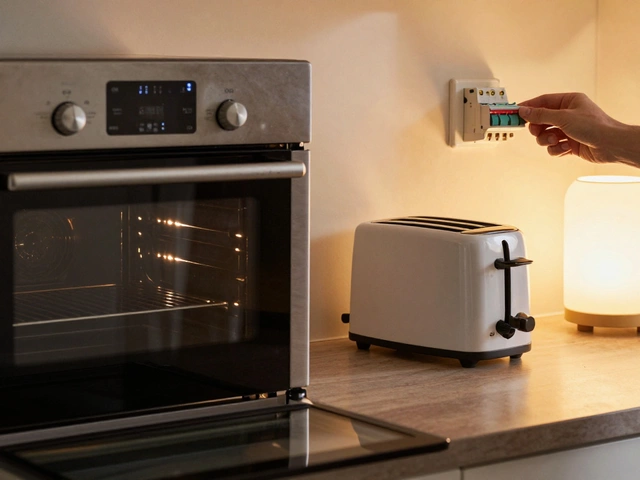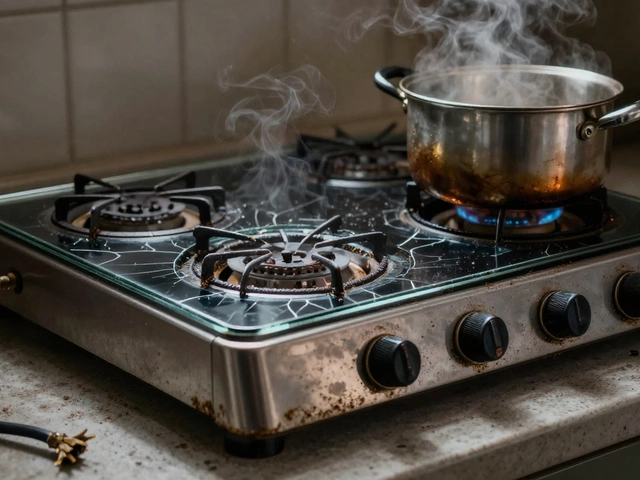How to Keep Your Old Laptop Running Smoothly
Got a laptop that's seen better days but still works? You don’t have to toss it out. With a few habit changes and low‑cost tweaks you can squeeze years of use out of that old machine.
Essential Maintenance Tasks
1. Clean the fans and vents. Dust builds up inside and makes the fan work harder, which leads to overheating and slower performance. Turn the laptop upside down, use a canned air duster, and blast the vents for 10‑15 seconds. If you’re comfortable opening the case, wipe the fan blades with a soft brush.
2. Keep the software up to date. Operating‑system updates often include speed and security patches. Even if you’re on Windows 10, let it install the latest cumulative update. Same goes for drivers—especially the graphics and chipset drivers.
3. Trim startup programs. Press Ctrl+Shift+Esc to open Task Manager, go to the Startup tab, and disable anything you never use. Cutting down on background apps frees up RAM and speeds up boot time.
4. Uninstall unused apps. Old games, trial software, and duplicate utilities take up space and can run background services. A quick scan of the Programs list will reveal plenty of bloat you can safely remove.
5. Defragment or trim the drive. If your laptop still runs on a traditional HDD, run the built‑in defragment tool once a month. For SSDs, Windows automatically handles trimming, so you just need to make sure the drive has at least 10‑15% free space.
6. Manage power settings. Switch the power plan to “Balanced” or “Power saver” when you’re on battery. Turn off screen dimming and sleep timers if you’re plugged in and need full performance.
Smart Upgrades Worth Doing
Upgrade the RAM. Most older laptops can take an extra 4‑8 GB. More memory means smoother multitasking and less swapping to the hard drive. Check the manufacturer’s spec sheet for the maximum supported size.
Swap to an SSD. Replacing a slow HDD with a modest‑capacity SSD (120‑250 GB) gives a massive boost in boot speed and app loading. Clone the old drive first, then swap it in – no reinstall needed.
Replace the battery. If the laptop dies quickly on the go, a new battery can revive its portability. Look for a reputable OEM replacement and follow the simple swap guide.
Consider a fresh OS install. Over years, system files get messy. A clean install of Windows or a lightweight Linux distro can make a tired laptop feel brand‑new. Back up your data first, then boot from a USB installer.
These upgrades don’t cost much—often under £100 total—and they give the biggest performance jump.
Finally, know when to walk away. If the motherboard is burnt out, the screen cracked beyond repair, or the laptop can’t run the OS you need, the repair cost may exceed the value of a new low‑budget model.
Bottom line: regular cleaning, smart software habits, and a couple of cheap hardware upgrades can keep an old laptop useful for years. Try the steps above, watch the speed improve, and you’ll save both money and e‑waste.
Is Your 10-Year-Old Laptop Still Worth Repairing and Keeping?
- Alden Wilder
- Dec 12 2024
- 0 Comments
This article delves into the practicality and sentimental value of keeping a 10-year-old laptop. It weighs the benefits of repairing an older machine against investing in a new one. Discover tips for upgrading hardware and whether software updates can keep an old laptop viable. Explore the ecological and personal reasons to consider before parting with your trusty old device.
View More




